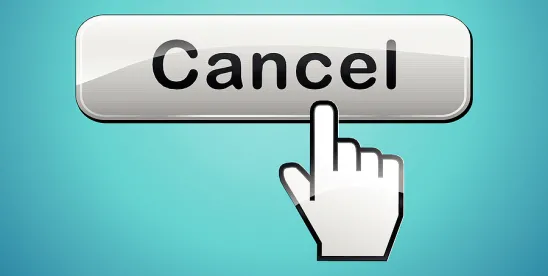| Go-To Guide: |
|
On Oct. 16, 2024, the Federal Trade Commission announced its final “Click-to-Cancel” Rule for subscription services and other negative option offers. The rule requires sellers to make it as easy for consumers to cancel subscriptions as it was to sign up for them. The rule also changes businesses’ marketing, disclosure, consent, and recordkeeping requirements and give the Commission the authority to seek redress and civil penalties for rule violations.
“Too often, businesses make people jump through endless hoops just to cancel a subscription,” Commission Chair Lina M. Khan said in the FTC’s press release announcing the final rule. “The FTC’s rule will end these tricks and traps, saving Americans time and money. Nobody should be stuck paying for a service they no longer want.”
Background
The rule amends the Commission’s 1973 Negative Option Rule. In its press release, the Commission explained it is “modernizing” the Negative Option Rule “to combat unfair or deceptive practices related to subscriptions, memberships, and other recurring-payment programs in an increasingly digital economy where it’s easier than ever for businesses to sign up consumers for their products and services.” The Commission also explained that it “receives thousands of complaints about negative option and recurring subscription practices each year,” with the number of complaints “steadily increasing over the past five years.”
The New Rule
Negative Option Features
The rule applies to “negative option features.” Negative option features are contract provisions “under which a consumer’s silence or failure to take affirmative action to reject a good or service or to cancel the agreement is interpreted by the negative option seller as acceptance or continuing acceptance of the offer.”
Negative option features are widely used. They include “prenotification plans,” like book-of-the-month clubs, in which sellers first offer and then send—and charge for—a good if the consumer takes no action to decline the offer. They include “continuity plans,” like bottled-water delivery, in which consumers agree in advance to receive period shipments of goods or provision of services until they cancel the agreement. They include “automatic renewals,” like magazine and streaming service subscriptions, in which sellers automatically renew a consumers’ subscriptions when they expire, unless consumers affirmatively cancel the subscriptions. And they include “free trials,” in which goods or services are offered for free (or at a reduced price) for a trial period and, after the trial period, at a higher price unless consumers affirmatively cancel or return the goods or services.
Prohibitions
The rule defines four practices as unfair and deceptive within the meaning of Section 5 of the FTC Act.
| 1. | Misrepresentations. The rule prohibits negative option sellers from misrepresenting, expressly or by implication, any material fact, including any fact regarding the negative option feature or the cost, purpose or efficacy, health, or safety of the underlying good or service. |
| 2. | Disclosures. The rule requires negative option sellers to clearly and conspicuously disclose, prior to obtaining the consumer’s billing formation, all material terms, including, but not limited to, the material terms relating to the negative option offer. |
| 3. | Consent. The rule requires negative option sellers to obtain the consumer’s express, informed consent to the negative option feature, separately from any other portion of the transaction and before charging the consumer—for instance, via a separately presented check box. |
| 4. | Click-to-Cancel. The rule requires negative option sellers to provide a simple cancellation mechanism for consumers to cancel the negative option feature, with that mechanism being “at least as easy to use as the mechanism the consumer used to consent” to the negative option feature. Moreover, the cancellation mechanism must be provided through the same medium the consumer used to sign up for the negative option feature, and cannot be only a live or virtual representative, like a chatbot. That is, if consumers sign up for a service online, they cannot be required to interact with a live or virtual representative, like a chatbot, to cancel. |
Takeaways
The Commission’s vote approving the rule was 3-2, with Commissioners Slaughter and Holyoak voting no.
Commissioner Holyoak issued a dissenting statement criticizing the rule. She argued that the Commission “did not follow the FTC Act’s Section 18 requirements for rulemaking,” that the rule’s expansive breadth “incentivizes companies to avoid negative option features that honest businesses and consumers find valuable,” and that the Commission missed an opportunity “to make useful amendments to the preexisting negative option rule within the scope of the Commission’s authority.”
Industry groups have already filed a Petition for Review in the U.S. Court of Appeals for the Fifth Circuit challenging the rule. But businesses should consider reviewing their current negative option offers and developing remediation plans, if necessary, to comply with the rule—and with additional state law requirements that apply to negative option features.
The rule’s misrepresentation provisions take effect within 60 days of the rule’s publication in the Federal Register, and the disclosure, consent, and click-to-cancel provisions take effect within 180 days of the rule’s publication in the Federal Register.





 />i
/>i
